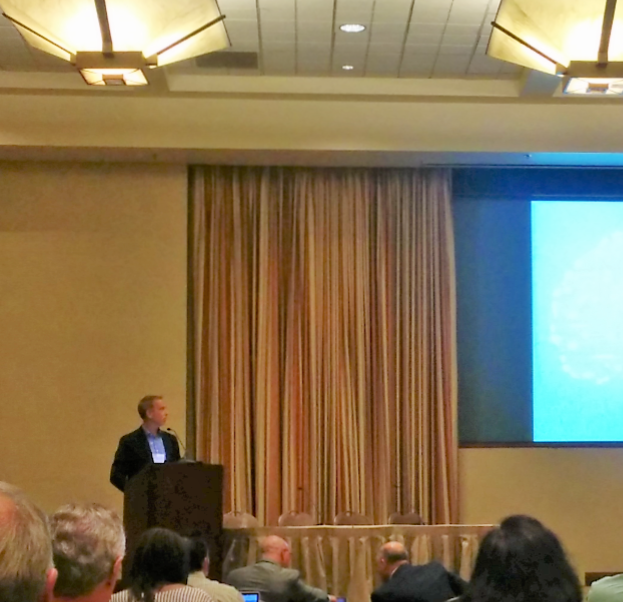There is a fine line between “quality improvement” and innovation. Some may argue that quality improvement is a fix – making something better, more successful, or less error-prone. Innovation, they might, involves creating something truly new, something that had never existed.
But if one insists on that definition, then some of the world’s most respected “innovators” were not innovators at all. Steve Jobs did not create the first portable MP3 music player, only the arguably best. Alexander Fleming did not invent the first antibiotic, only the most effective and famous. Issac Newton was not the first to describe gravity, only its most mathematically characterized incarnation.
Innovators is a misnomer, coming from the Latin word novus (i.e. new), convincing us that one must strive to create something novel (i.e. novus) to innovate. Innovators do not create something new; they are fixers of broken systems. They are masters in the their traditional crafts who felt unsatisfied with the status quo’s offering, be it in technology, medicine, or physics. They are quality improvement experts. They did not need Level-5, 5S’s, 5Y’s, 6-Sigma, 12-Step QAPI, DMAIC, FADE, DOWNTIME, Kaizen, balanced scorecard, Deming cycle, ad infinitum.



